How to design a sims character’s personality: From Point A to Point B
Creating a character for a story isn’t just about describing their appearance and listing a few likes and dislikes. It’s a complex process that requires attention to every aspect of the character’s life: their inner struggles, relationships, transformations, and how external forces shape their fate. To make a character feel real and multidimensional, it’s crucial to understand who they are at the beginning of the story and who they will become by the end. The starting and ending points aren’t just physical locations but also psychological and emotional states that evolve over time.
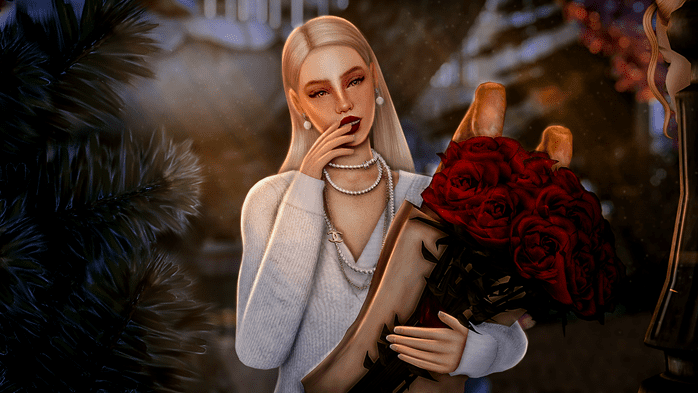
1. Point A: Where the character’s journey begins
The first step in character development is defining their initial state – Point A. This serves as the foundation for all the changes they will undergo throughout the story.
Personality traits: What kind of person are they? How do they view the world and interact with others? Are they introverted or extroverted? These characteristics will shape how they respond to different situations.

Example:
Alastor’s story begins when he is ten years old. Even at that young age, he exhibits emotional restraint, detachment, straightforwardness, a passion for science and sports, and a love for reading. He has only one close friend. He dislikes noise unless he is the one creating it.
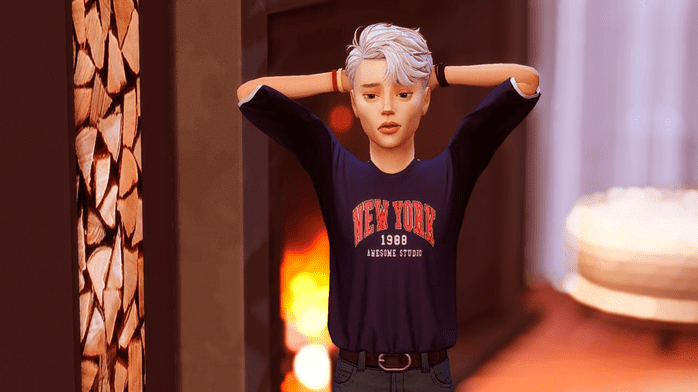
Speech patterns and habits: How do they talk? What impression do they leave on others at the first meeting? Are they self-assured or shy? Do they use sarcasm, or are they always serious? Speech and daily habits reflect how they perceive the world.
Relationships with others: What is their connection with family, friends, and strangers? Are they open and sociable, or do they struggle with trust and prefer to keep their distance?
Example:
Alastor is emotionally reserved, but he deeply cares for his family. Family is the most important thing in his life. He idolizes his father, Ethan, and often engages in deep conversations with him to understand himself and the world better.
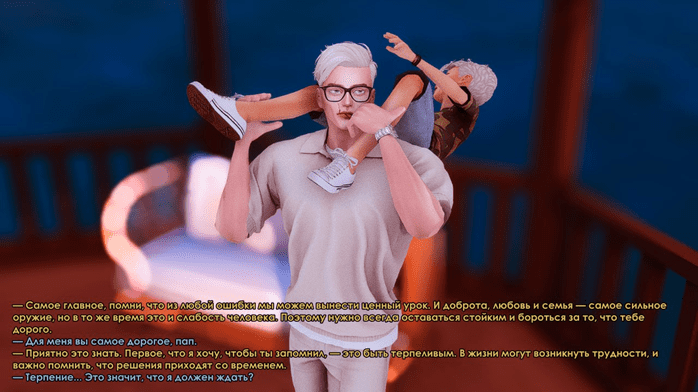
Appearance: What do they look like? Does their appearance influence how others perceive them? Someone may be attractive and confident, but that doesn’t necessarily mean their life is easy.
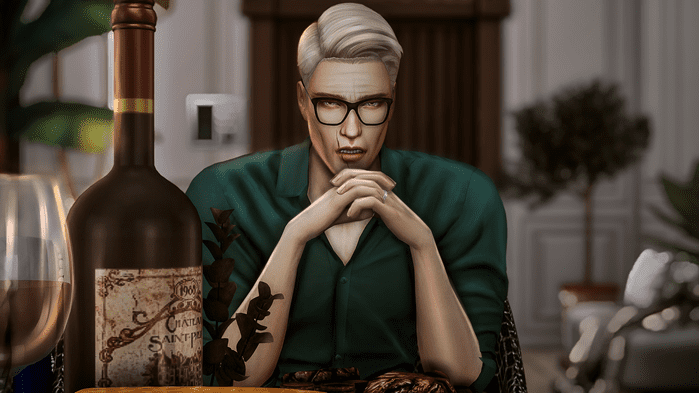
Goals and dreams: What are their aspirations? Do they have ambitions they keep hidden or actively pursue? A character without goals is either lost or indifferent to life. Give them something to strive for – career, relationships, self-improvement, or even self-destruction.
Example:
As a child, Alastor hasn’t set concrete goals yet. However, wanting to be as strong as his father, he asks him to teach him self-defense and seeks his advice.
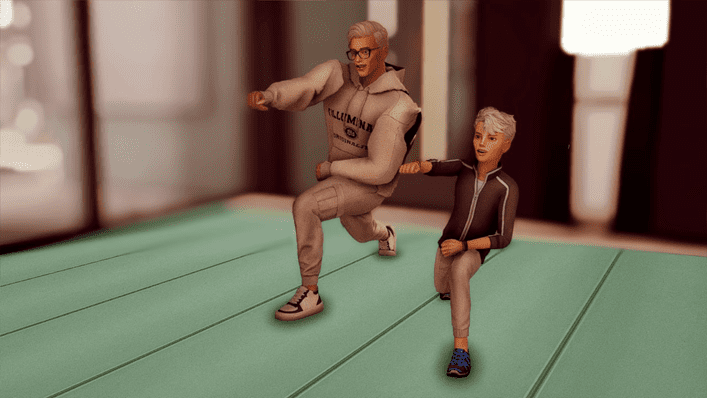
2. The transformation: How the character evolves
A character’s journey isn’t just about moving from Point A to Point B physically. It’s about internal changes, emotional growth, or even deterioration. Consider how your character will evolve throughout the story.
Turning points: What events will trigger their transformation? These can be major events (tragedy, loss of a loved one) or smaller, deeply personal experiences. Maybe they face an internal conflict or an unexpected challenge that forces them to show resilience.
Example:
A pivotal event in Alastor’s life is his abduction. He finds himself in an unfamiliar and dangerous place as a victim of revenge against his father. His inherited resilience and strength prevent him from giving up, and he repeatedly tries to escape, but every attempt fails. Eventually, he is given an ultimatum: if he keeps trying to run, his family will suffer. To protect them, he is forced to submit to his captors.
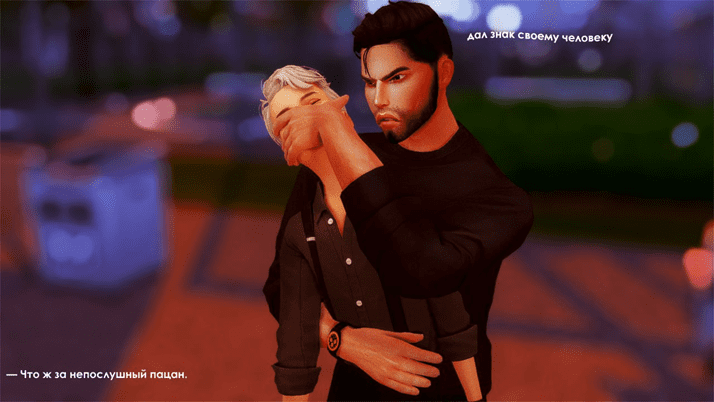
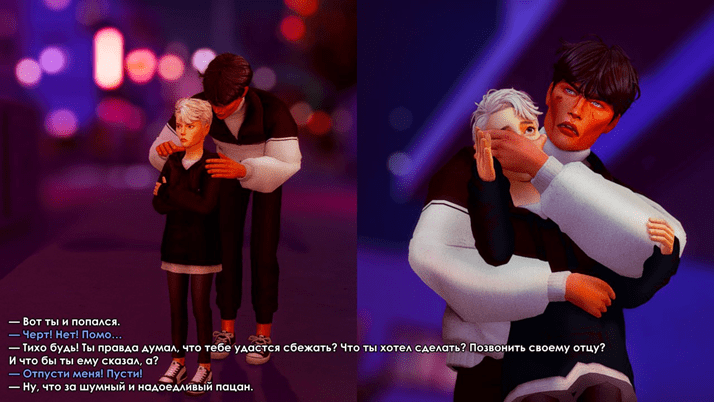
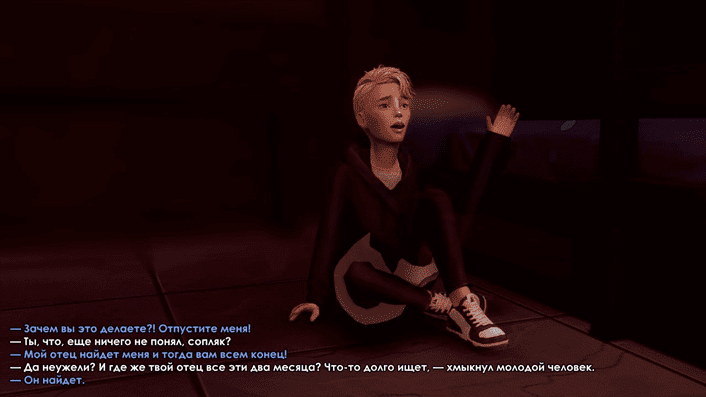
Influence of others: Who will have the most impact on them? This could be mentors, parents, enemies, love interests, friends, or even strangers who leave a lasting impression. Sometimes, even negative characters serve as catalysts for change.
Example:
Alastor is heavily influenced by the main antagonist and his subordinates. Their methods of control involve threats and manipulation, leaving Alastor with no choice but to obey. Forced into a life of violence, he takes lives but clings to the principles instilled by his father – never harming the weak or innocent. This leads to constant conflict with the antagonist, who pressures him into drug trafficking, something Alastor refuses to do. Whenever possible, he helps those in need, which becomes his anchor in this cruel world.
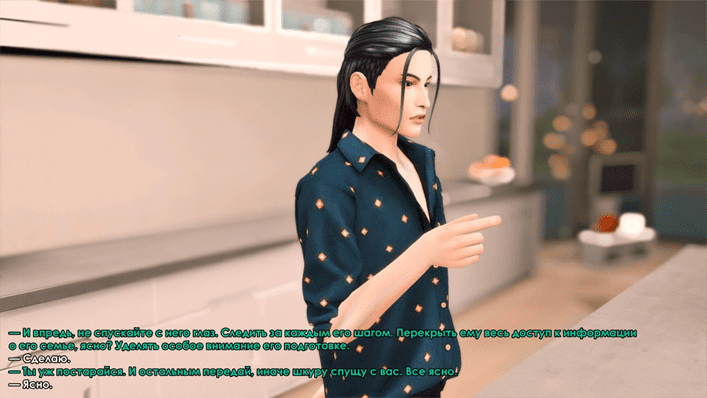
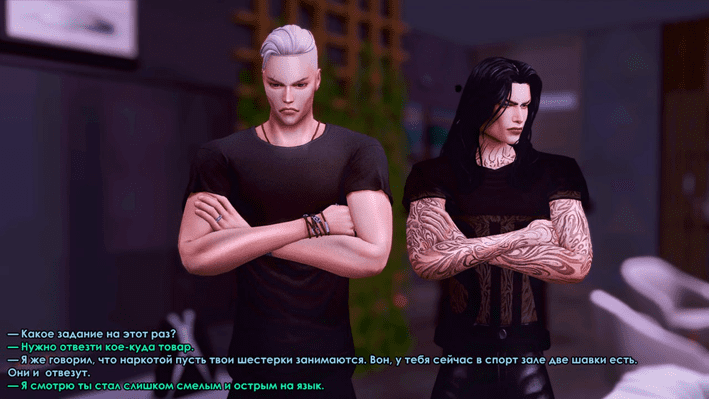
Personal transformation: Who were they at the beginning, and who have they become by the end? This could be a gradual or dramatic shift in their beliefs, personality, or goals. A selfish character might learn to care about others, or a naive idealist might turn cynical.
Example:
Another key figure in Alastor’s transformation is Victor, a boy in a similar situation. They form a deep bond, supporting and helping each other. This friendship allows both of them to hold on to their humanity.
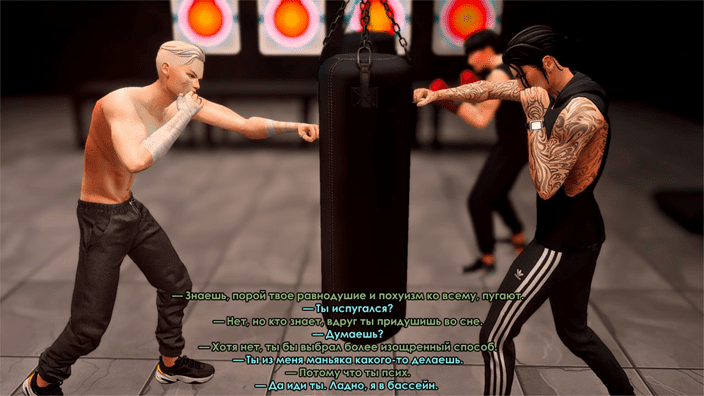
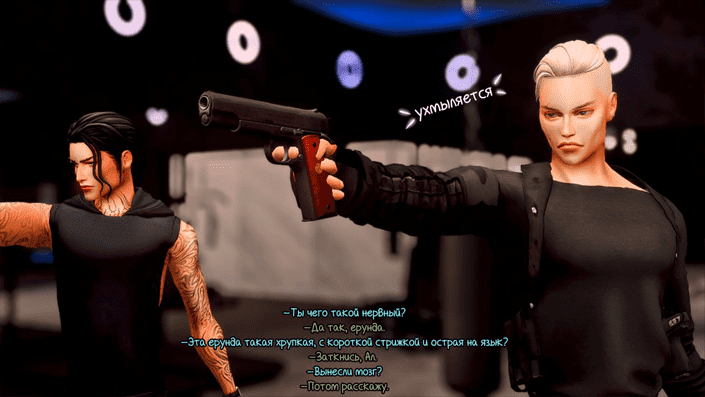
3. Point B: Who the character becomes by the end
Point B is not just a destination but a psychological state the character reaches after everything they’ve endured. Their transformation should feel earned and justified.
New goals and desires: After their journey, their old dreams may no longer be relevant, replaced by more mature or meaningful ones. Maybe they find inner peace or realize that what once seemed important no longer matters.
Example:
Alastor’s main goal was always to understand why he was kidnapped, take revenge, and reunite with his family. These desires drive him to survive in his new, hostile world. But over time, this world becomes his reality. He begins to forget what it was like to live a peaceful life.
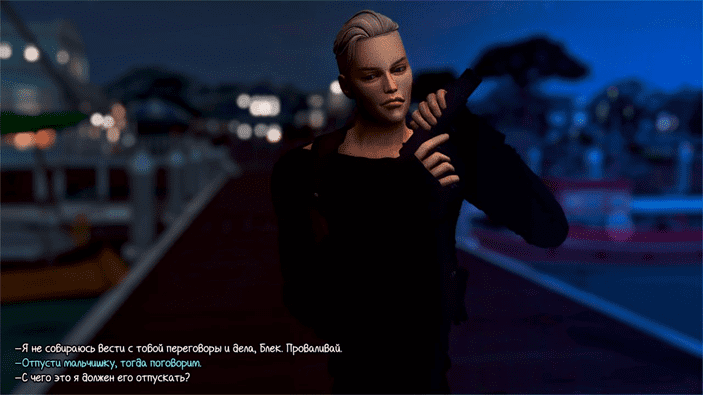
Emotional growth: How have their relationships with others changed? Have they become more open and honest, or more reserved and detached? A character who started off closed-off and distrustful might learn to open up and seek connection.
Example:
By the time Alastor turns eighteen, he retains his childhood traits, but they have evolved. He has become completely closed off, unwilling to share his thoughts or feelings. He is cynical and emotionally cold, indifferent to others’ suffering. However, he still values the lives of those he cares about and those weaker than him. For example, he rescues abandoned kittens, taking care of them, and helps a young boy escape from a drug cartel. He knows his world is filled with bloodshed and violence, but he believes that those who have not yet been consumed by it still have a chance. And he is willing to help them because he doesn’t want them to suffer his fate.
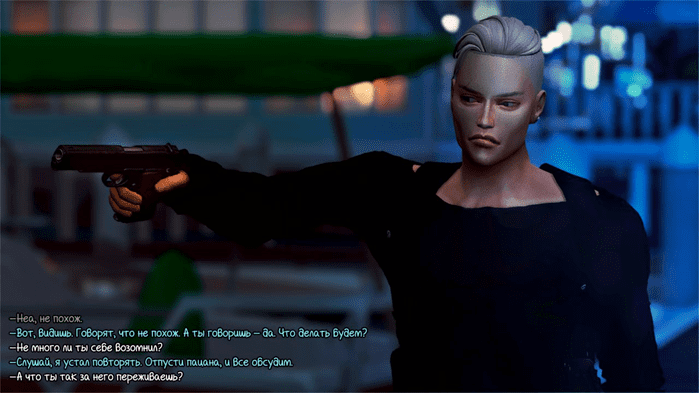
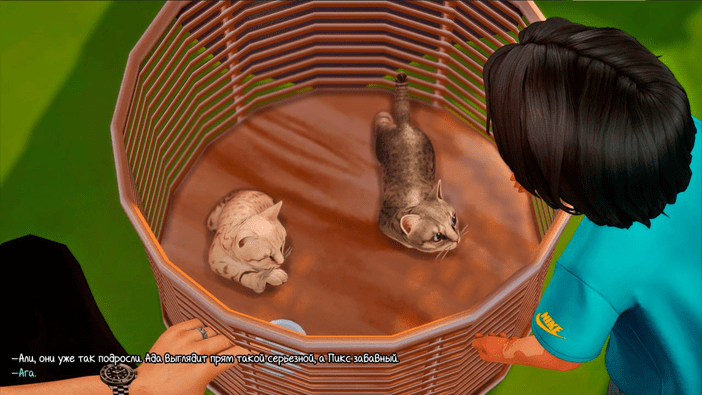
Then, Diana enters his life. At first, he sees her as just another girl for a fleeting night. But in her eyes, he notices something different. She isn’t like the others, she doesn’t chase after him. As he gets to know her, he realizes she needs protection. And without fully understanding why, he becomes her protector. Diana, in turn, sees past his cold exterior, understanding his pain without words. She surrounds him with warmth and care, never forcing him to open up. Through her, Alastor experiences something he never thought possible – being seen, accepted, and trusted for who he truly is.
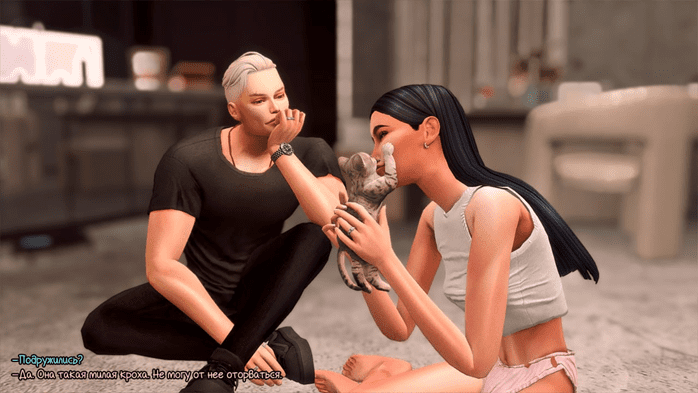
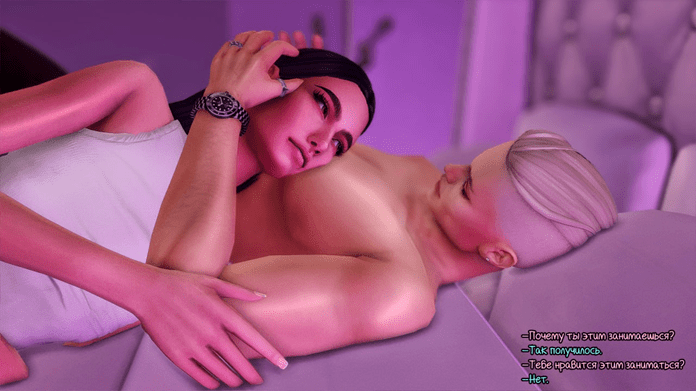
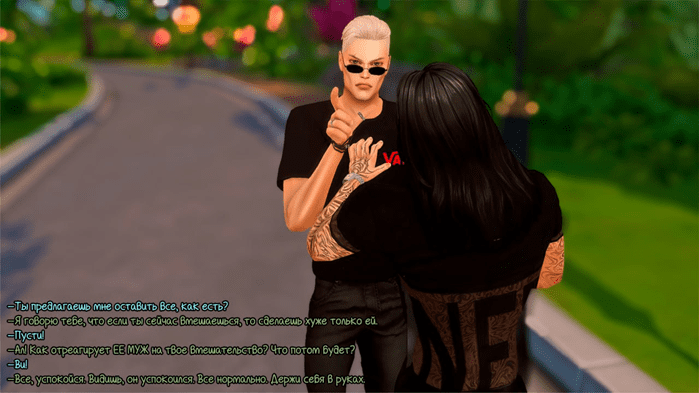
Resolution of conflict: In the end, the character must resolve the internal or external conflict they’ve been struggling with. This is the moment when their growth is fully realized.
Example:
Though Alastor appears detached and unemotional, he is fiercely protective of his family. If anyone insults or threatens them, he doesn’t hesitate to act. In one scene, when a cartel member speaks ill of his mother, Alastor kills him without warning. His unwavering loyalty to his family defines him.

Eventually, Alastor uncovers the truth behind his kidnapping. And when he does, he makes the decision to take revenge – finally freeing himself from the weight of his past.

4. Key aspects of character creation
To make a character feel real and layered, it’s important to develop the following aspects:
Zodiac sign: While it shouldn’t be the defining trait, it can add interesting nuances to a character’s personality. For example, a Gemini might be contradictory and multifaceted, while a Capricorn tends to be determined and pragmatic.
Alastor is a Gemini – a deeply contradictory person who often swings between extremes.
Personality archetype: Consider which archetype best fits your character : The Hero, The Sage, The Everyman, The Caregiver, etc. There are twelve in total, as outlined by Carol S. Pearson. An archetype helps define how a character behaves and reacts to events.
Alastor embodies both The Hero and The Rebel, which perfectly aligns with his nature. No matter how ruthless his actions may be, his heroism shines through in his unwavering protection of his family and the weak.
The influence of the past: How has the character’s past shaped their personality and behavior? A character’s history often holds the key to their current state of mind.
For example:
When Alastor returns home, he struggles to adapt to a peaceful, ordinary life. He’s not used to it, he’s forgotten what it even feels like. The routines of a regular civilian seem alien to him. He doesn’t know where to place himself or what to do, leaving him lost and incapable of settling into a normal existence.He has to learn how to live all over again.
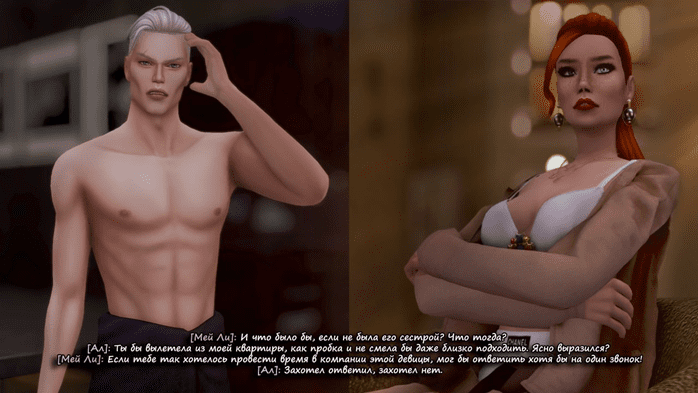
Alastor was accustomed to solitude, to having personal space that no one intruded upon. Now, everything is different: he's surrounded by a big family and childhood friends, all acting as they always have. But for him, it’s overwhelming. The noise, the closeness, the expectations – it’s all a source of immense stress.
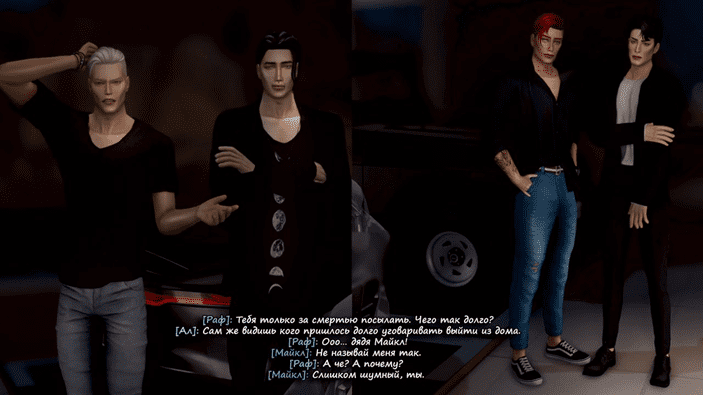

5. The journey from point B to point C and beyond
A character’s story doesn’t end at Point B; rather, it marks a turning point, after which their life continues to evolve. From this stage onward, they embark on a new phase – a journey from Point B to Point C. If they began as immature and inexperienced, by Point B, they’ve grown significantly. But their development doesn’t stop there. A well-crafted character continues to change, facing new challenges and making crucial decisions that shape their future.
6. A new stage of transformation: beyond point B
Point B marks the next phase of the character’s development – one of greater maturity and self-awareness. However, their journey shouldn’t become static; they must continue to grow and overcome new challenges.
New challenges: The path from Point B to Point C will be filled with fresh trials. The character may face unexpected hardships or conflicts that test their newly acquired skills and wisdom. This could be a midlife crisis, an encounter with irreversible loss, or difficult choices about their future.
For example:
Ethan Black – Alastor’s father – has faced many such moments in his life. Even as a fully formed individual with strong moral convictions and a clear worldview, he has been forced to make agonizing decisions.
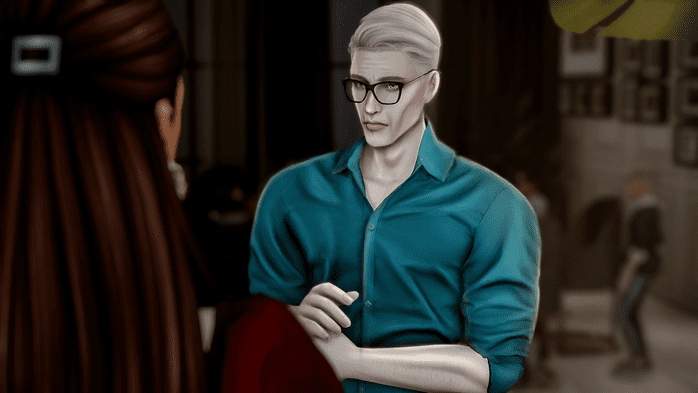
One such decision came when he had to choose between staying true to his principles or sacrificing his career to save someone dear to his younger sister – a person who had fallen victim to injustice and whose life had been shattered. Though it was a painful choice, Ethan has always put family first. He made the conscious decision to help the young man, even at the cost of his own professional future.
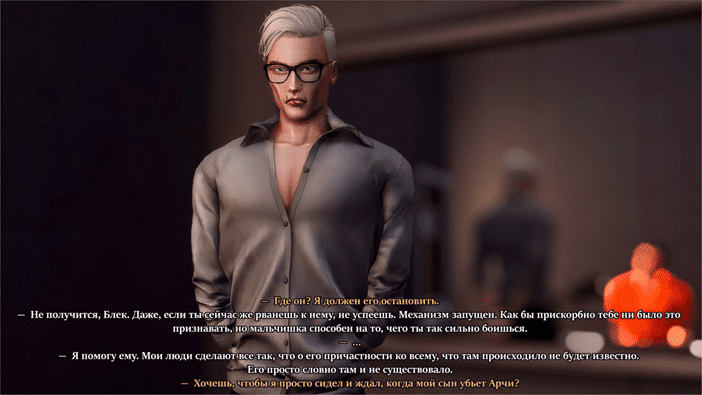
In another instance, Ethan was forced to negotiate with the head of a drug cartel, someone he had personally helped put behind bars. The criminal held crucial information about Alastor’s whereabouts and was willing to trade it in exchange for Ethan’s help in securing his release. The dilemma was brutal:Should Ethan uphold the law he had always believed in, leaving a dangerous man imprisoned but risking his son’s life? Or should he break the very rules he swore to protect, unleashing a powerful figure back into the underworld to ensure Alastor’s survival?
Ongoing inner struggles: Even after significant changes at Point B, the character’s internal journey is far from over. They may grapple with personal identity, their place in the world, or acceptance of their own flaws. Growth is a continuous process.
For example:
When Alastor returns home, Ethan gradually begins to understand what his son has become. He realizes that they now stand on opposite sides of the battlefield. This forces Ethan into yet another impossible choice: should he turn a blind eye to Alastor’s actions, or should he uphold the law, even if it means going against his own son?
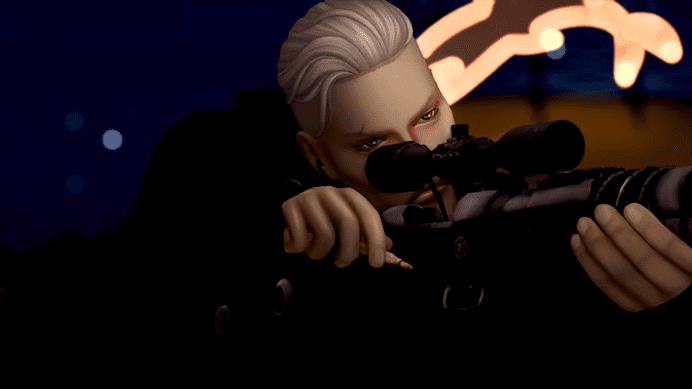
New relationships and evolving goals: The character may reevaluate their aspirations, realizing that their dreams have changed or lost significance. They might now seek inner harmony rather than external achievements, striving for a life that brings them true fulfillment. Their perspectives on family, work, and self-worth could shift drastically.
For example:
Alastor sets a new goal for himself to learn how to live a peaceful life. Yet he understands that he can never rid himself of the darkness that has taken root within him over the years. Instead, he chooses to accept it, resigning himself to a double life. He learns to pretend, to play the role of a “normal” man in the eyes of his family and those around him. In truth, there are only two people who know his real self: Victor and Diana. Only with them can he drop the mask and be who he truly is.

7. The life cycle of a character: From point B to the end of the journey
As a character grows, they enter new and more complex stages of life. One of the key aspects of this journey is their ability to adapt and keep moving forward, even as the challenges they face become increasingly difficult with age.
Aging and wisdom: As a character reaches maturity and old age, they may realize that their past ambitions were not as significant as they once believed. Yet, in this stage of life, a new sense of purpose may emerge. This could be a time for passing down wisdom to the next generation or finding fulfillment in simple joys, such as family or creative pursuits.
Living in harmony or wrestling with the past: Some characters may find inner peace, accepting their past mistakes and making peace with themselves. Others might continue struggling with the consequences of their actions, unable to let go of their regrets and fears. Their later years may become a quest for redemption, both for themselves and for those they’ve wronged.
8. Breaking points on the road to old age
In the later stages of life, a character may encounter pivotal moments that completely reshape their understanding of the world:
The final stage of the journey: Death, loss of loved ones, or a personal crisis can serve as defining moments, forcing the character to reflect on their life. Once again, they must ask themselves: Was it all worth it? Did they accomplish what they set out to do? What legacy will they leave behind? These questions take on a profound importance, as they determine how the character will be remembered.
For example:
Ethan is now 52 years old, a man who has built a life for himself and found a sense of harmony. But fate throws him an unexpected challenge, he discovers that he has an illegitimate child, his eldest son, born from a relationship he had in high school. He never knew of his son’s existence or what had happened to him. This revelation doesn’t just shake Ethan’s world; it disrupts the entire family, forcing them all to confront a past they never knew existed.
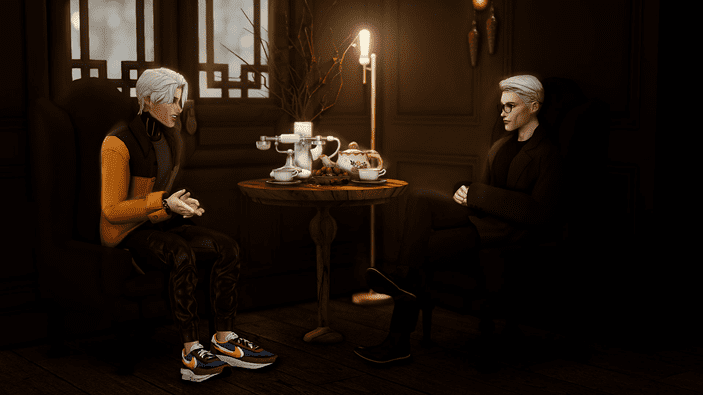
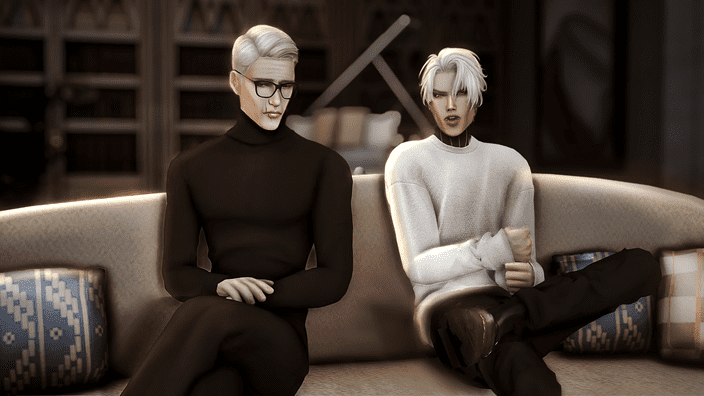
Legacy and memory: At the end of their journey, a character must come to terms with the fact that one day, they will no longer be here. However, their actions, choices, and the way they impacted others will live on. A true legacy is not about wealth or achievements, it’s about the mark they leave on the people and the world around them.
9. Meaning and the end of the story
A character’s life is more than just a series of events – it is their journey toward self-awareness and understanding their place in the world.
In the end, they realize that their path wasn’t just about physical movement from one point to another; it was a transformation on every level, personal, moral, and spiritual. This change can be dramatic or gradual, but it must always be purposeful, leading them toward a final state of understanding, fulfillment, or resolution.
A character who has evolved, found their own answers, faced conflicts, and emerged with hard-earned wisdom will have a complete and believable story. They are no longer the same person they were at the beginning. Their journey from Point A to Point B and beyond is a process of self-discovery, continuous learning, and personal growth.
Life itself has no definitive endpoint. Even when a character reaches their ultimate goal, their influence continues, shaping those around them, leaving echoes of their existence in the lives of others. And perhaps that is their greatest achievement – the legacy they leave behind as they bring their story to its final chapter.
10. The character’s journey: From growth to downfall
When creating a character, we often assume they will develop in a positive direction. However, not all characters evolve for the better, some spiral downward, turning into figures that provoke frustration or even hatred in the audience, even if they started as heroes. Sometimes, a character’s journey is one of transformation, but not toward self-improvement. And such a downfall can be just as compelling and meaningful as a rise to greatness.
11. The descent: From hero to antagonist
An antagonist is often seen as the opposite of the hero – a figure who stands against the protagonist, embodying contrasting values or goals.
In classic storytelling, the protagonist typically grows by overcoming their weaknesses, emerging victorious. But what if their transformation leads them in the opposite direction? A hero may begin their journey with good intentions but slowly lose their way, abandoning their morals or succumbing to their flaws. In such cases, they may become an antagonist not just to others, but even to their former self.
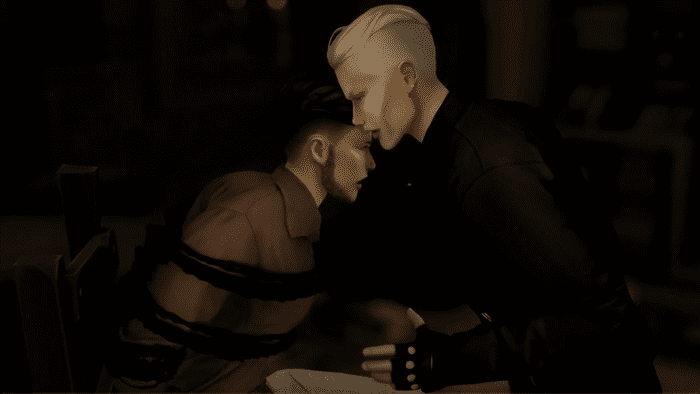
Shifting motivations: Even the noblest characters can start making questionable choices that set them on a path to ruin. A desire for revenge, unchecked ambition, or a thirst for power can drive them to commit acts they once would have condemned. Over time, they may lose their sense of humanity, becoming cruel, self-serving, and willing to cross any line to achieve their goals.
Selfishness and corruption: A character who once fought for justice may, after facing enough hardship, grow cynical and detached. Cruelty, manipulation, and deception might become their preferred tools, and they may justify their actions by believing that “the ends justify the means”. This gradual betrayal of their original ideals is a powerful narrative arc that highlights their decline.(Decline: the process of deterioration over time; moral or personal downfall)
The Breaking point: At some stage, the character faces a moment of reckoning – a realization that everything they once stood for has led them to their own downfall. This moment can be tragic but crucial in understanding how and why they became who they are.
12. A character who does bad things
Not all characters need to make the "right" choices. Some are immoral, self-serving, or outright malevolent. Their development is often shaped by how they justify their actions and what inner conflicts drive them.
Moral ambiguity: Some characters defy traditional notions of good and evil. They may commit harmful acts, yet in their own worldview, those actions are justified by their personal struggles, past traumas, or harsh circumstances. They might be considered “villains,” but from their perspective, they are simply doing what must be done.
A hero with darkness: A complex character may genuinely believe they are doing the right thing, even if their actions destroy lives. They might manipulate, deceive, or hurt others, all in the name of “survival” or because they carry wounds from the past. They are compelling because their actions challenge conventional morality, even if, in their world, those actions make perfect sense.
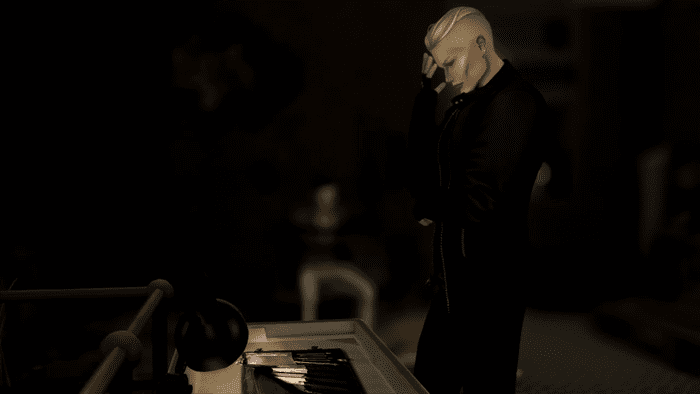
Redemption or complete collapse: In these stories, the character either realizes their mistakes and seeks redemption or continues down their destructive path until there is no turning back. This can lead to their downfall, making them not only an antagonist to others but ultimately to themselves.
13. Characters in stagnation: A lack of change
Stagnation – a state of inactivity, lack of growth, or decline.
Not all characters are destined for transformation. Some remain stagnant throughout an entire story, experiencing no internal growth and overcoming no major struggles. These characters don’t necessarily change for the better or worse, they simply remain where they started.
Lack of development: In some narratives, the protagonist is the kind of person who does not evolve. Their life is cyclical, and they remain at the same point where they began. This might stem from personal limitations, a fear of change, or simply a lack of motivation to evolve.For instance, a character may be passive, lazy, or withdrawn, unwilling to step out of their comfort zone, much like Oblomov from Ivan Goncharov’s novel Oblomov.
The theme of stagnation: Characters who do not change can serve as a metaphor for people who resist growth, live out of habit, or are trapped by their own fears. This can be a significant thematic element, emphasizing that not every person undergoes transformation. Such a character can contribute to deeper story themes, such as loneliness, alienation, or the struggle against internal barriers.
A life without change: Stagnant characters may not face external conflicts, yet their existence is filled with unresolved internal dilemmas. They live one day at a time, caught in an endless loop, neither striving for improvement nor sinking into decay. This approach can be just as complex and thought-provoking as a journey of rise or fall, as it explores themes of meaninglessness and isolation.
Character development isn’t always a linear process, nor does it always move toward progress. Some characters change for the better, others for the worse, while some remain frozen in place, never undergoing transformation. This variety allows for multidimensional, realistic characters whose motivations, actions, and moral dilemmas challenge the audience’s perception. A character’s story isn’t just about their journey, it’s a reflection of how people can take vastly different paths based on circumstances, choices, and inner conflicts.
Characters who undergo a journey of self-improvement are central to many literary works, as their growth often serves as the foundation for themes of personal evolution and self-discovery. Here are some notable examples from world literature:
You might also like...
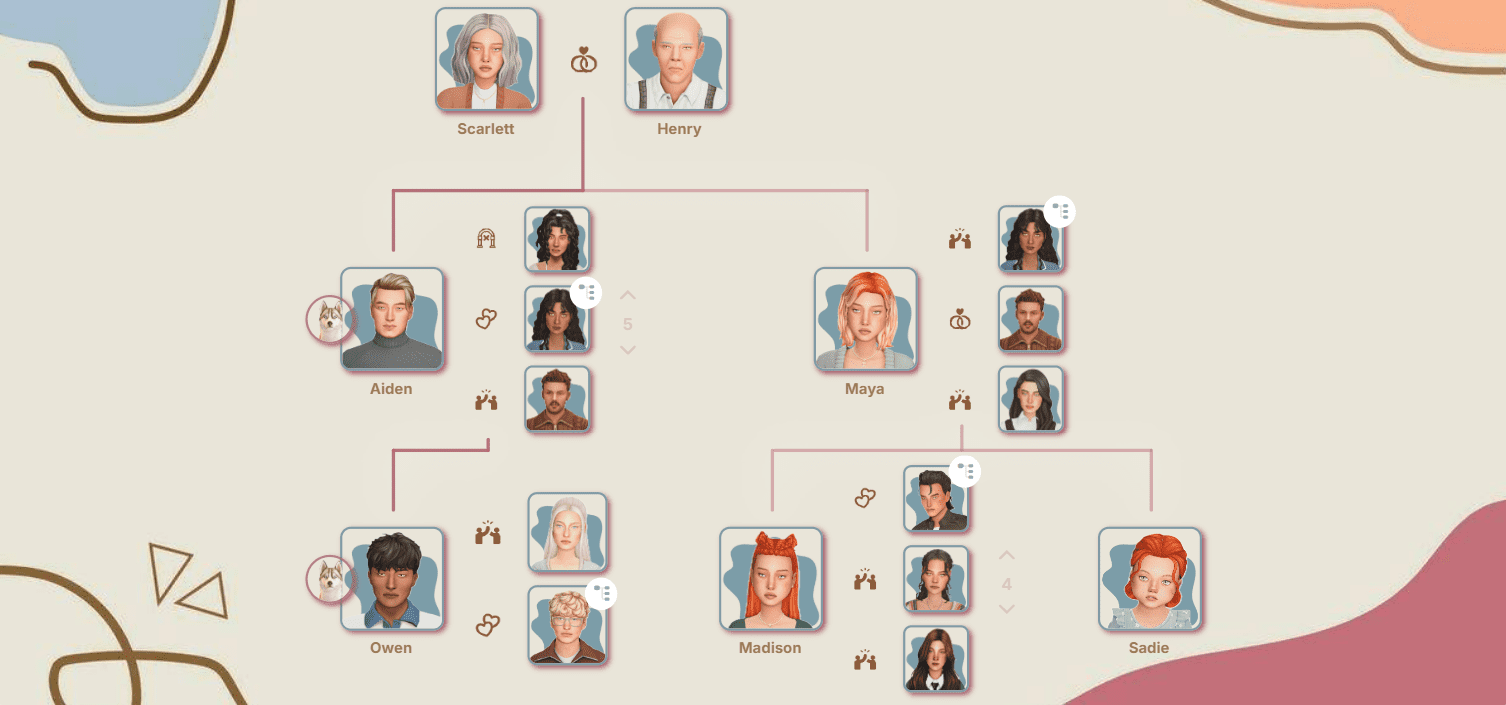
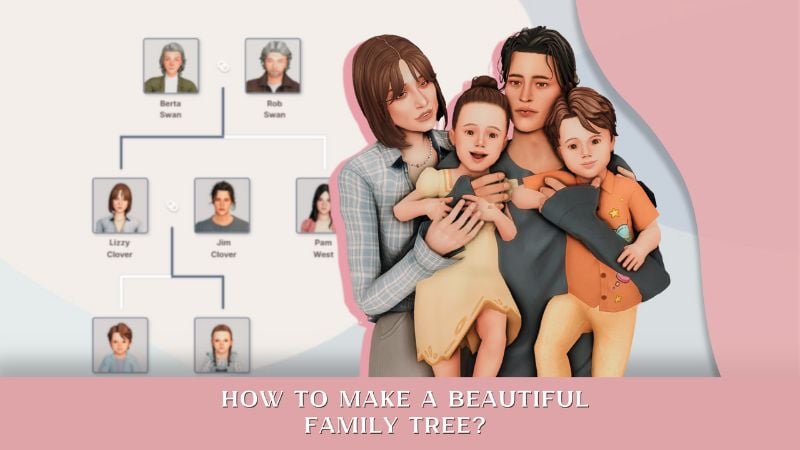
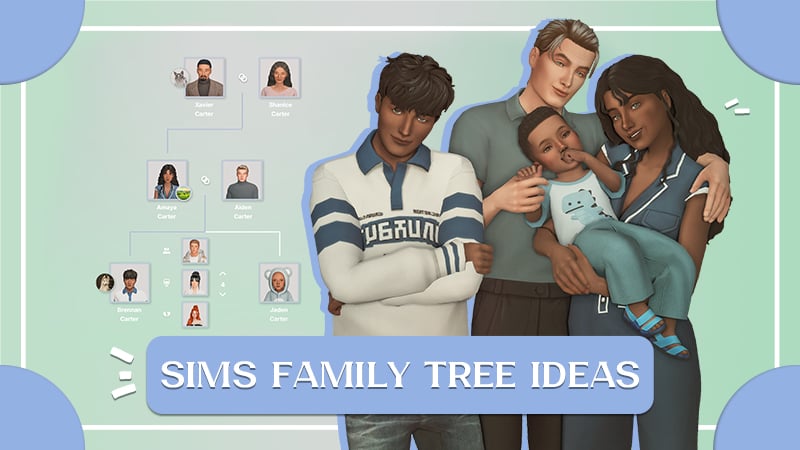
Pip – Great Expectations by Charles Dickens
Pip begins as a poor orphan longing to elevate his social status. Initially, he becomes enamored with wealth and status, falling prey to vanity and illusions. However, through trials and hardships, he comes to realize that true wealth lies not in money or prestige but in love, honesty, and loyalty to those who matter. Pip’s journey is one of maturity, as he learns that moral integrity and genuine relationships are what truly enrich a person’s life.
Harry Potter – Harry Potter series by J.K. Rowling
Harry Potter does not undergo a single defining transformation, but rather, his growth unfolds across the entire series. He starts as an innocent boy unaware of his destiny and matures into a confident individual with strong moral convictions. Over time, he learns the value of friendship, sacrifice, and standing up for what is right. His journey from a vulnerable child to a mature hero who understands the power of love and self-sacrifice exemplifies a compelling positive transformation.
Jay Gatsby – The Great Gatsby by F. Scott Fitzgerald
Jay Gatsby, despite his tragic fate, experiences profound transformation, though not always in the conventional sense. He begins as a poor, ambitious young man determined to rise above his circumstances. His love for Daisy Buchanan becomes the driving force behind his reinvention, leading him to build a new persona, amass great wealth, and throw extravagant parties in the hope of winning her back. Gatsby’s transformation is not just about external achievements but about his relentless pursuit of an ideal. Though his dream ultimately proves unattainable, his story reveals how deeply a person can change – and deceive themselves – in the name of love and ambition.
Elizabeth Bennet – Pride and Prejudice by Jane Austen
Elizabeth Bennet is one of the most iconic heroines in classic literature, undergoing a significant transformation throughout the novel. At the beginning, she is strong-willed and independent, with sharp judgments about those around her. However, her perspective shifts as she gradually realizes her own biases and misunderstandings, especially in relation to Mr. Darcy. By the end, she becomes wiser, more open to love, and willing to see beyond her initial prejudices, making her journey a symbol of personal growth and emotional maturity.
Just as some characters grow, others succumb to their flaws or remain stuck in place. Some protagonists embark on a downward spiral, becoming their own worst enemies. Others never change at all, trapped in a state of inertia. These characters serve as powerful reminders that not all stories follow a traditional arc of redemption or improvement.
Characters who became antagonists
Macbeth – Macbeth by William Shakespeare
At the start of the play, Macbeth is a loyal and honorable warrior, devoted to his king. However, after encountering the witches and hearing their prophecy that he will become king, his ambition begins to spiral. Encouraged by his wife, Lady Macbeth, he commits regicide, a turning point that seals his fate. From that moment on, Macbeth becomes consumed by his thirst for power, committing more murders to secure his position. He transforms into a ruthless and merciless ruler, willing to kill anyone who threatens his throne. His moral downfall leads to his ultimate destruction, turning him into an antagonist who stands against his own people and ultimately destroys himself.
Alex – A Clockwork Orange by Anthony Burgess
Alex starts the novel as a charismatic young man with natural leadership qualities, but he is also violent and cruel. He becomes deeply involved in a gang that thrives on acts of brutality. As his violent tendencies escalate, he makes increasingly radical and destructive choices. His behavior leads to both societal collapse and his own downfall, cementing his role as an antagonist. Despite experiencing both physical and emotional suffering, he continues to embrace violence, reinforcing his transformation into a darker figure.
Characters who remained in stagnation
Holden Caulfield – The Catcher in the Rye by J.D. Salinger
Holden Caulfield is a classic example of a character who remains stagnant and unchanged. Struggling with emotional turmoil following his younger brother’s death, Holden is trapped in a state of depression and alienation. He resists the idea of growing up, rejects change, and clings to his isolated perspective on the world. Throughout the novel, he fails to resolve his internal struggles or take meaningful steps toward personal growth. His stagnation represents his inability to embrace adulthood and move on from his past.
Winnie-the-Pooh – Winnie-the-Pooh by A.A. Milne
A lighthearted and carefree character, Winnie-the-Pooh remains unchanged despite the events around him. While he is kind and innocent, he undergoes no significant personal growth. He remains the same simple, cheerful figure he was at the beginning of the story. Pooh never strives for self-improvement or development, making him a prime example of a character who does not evolve. He embodies the idea of resistance to change and the comfort of consistency.
To create a compelling character, a writer must craft a multidimensional personality that evolves and adapts when faced with internal and external conflicts. The deeper you develop a character – from their speech patterns to their inner contradictions – the more believable and engaging they become. A character’s journey from point A to point B isn’t just a plotline, it’s a reflection of their psychological and emotional transformation. Through this journey, they change not only outwardly but also internally, shaped by experiences that leave lasting marks on their life.
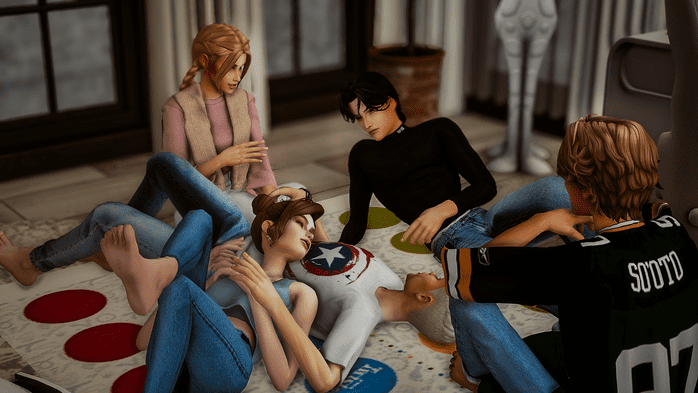
Lana Byakko:
